Best Ways to Mitigate Corrosion in Fire Sprinkler Systems
The safety of a building and its occupants depends on the reliability of its fire protection sprinkler system. However, one of the biggest threats to these systems is corrosion, which can lead to failure and potential disaster. In this blog post, we'll take a closer look at the different types of corrosion that can occur in fire protection sprinkler systems and discuss the best strategies to prevent and mitigate them. Ensuring that your system remains strong and dependable when you need it the most.
Firstly, let's define what corrosion is. Corrosion is the deterioration of a material due to chemical reactions with its environment. In the case of fire protection systems, this can be caused by several factors including water, oxygen, and bacteria.
Oxidation stands out as the most prevalent type of corrosion reaction in fire sprinkler systems which can lead to pinhole leaks, sprinkler pipe blockages, sprinkler clogging, reduced hydraulic performance and system failure, which can be costly to repair and potentially life-threatening in the event of a fire.
To prevent corrosion in your fire protection system, it is important to understand the different types of corrosion that can occur. The three main types of corrosion are galvanic corrosion, pitting corrosion, and general corrosion.
Galvanic corrosion occurs when two different metals are in contact with each other, and an electrolyte (such as water) is present. This creates an electrochemical cell, which leads to corrosion of one of the metals. To prevent galvanic corrosion, it is important to avoid using dissimilar metals in your system and to use dielectric unions or isolation valves when necessary.
Pitting corrosion is localized corrosion that results in small pits or holes in the metal. This type of corrosion is often caused by a lack of oxygen or high levels of chloride in the environment. To prevent pitting corrosion, it is important to maintain proper water chemistry, such as maintaining the pH levels and ensuring that the water is not too hard.
General corrosion is uniform corrosion that occurs throughout the metal. This can be caused by exposure to oxygen, bacteria, or high temperatures. To prevent general corrosion, it is important to ensure that the system is properly cleaned and maintained.
The best ways to mitigate corrosion in your fire protection system.
- Use Corrosion-Resistant Materials: Using corrosion-resistant materials such as stainless steel, copper, or plastic can greatly reduce the risk of corrosion in your system. These materials are less likely to corrode and can extend the lifespan of your system.
- Corrosion-resistant coatings: Applying corrosion-resistant coatings to your fire sprinkler system can greatly reduce the risk of corrosion damage. These coatings can help to protect the metal from exposure to water and oxygen, extending the lifespan of your system.
- Using specialized fire protection systems:
TotalPac N2 Nitrogen Generator by FireFlex: This innovative generator produces nitrogen on-site, allowing you to eliminate oxygen from your fire sprinkler system. By reducing the amount of oxygen in your system, you can greatly reduce the risk of corrosion. Plus, by eliminating the need for nitrogen cylinders, the TotalPac N2 Nitrogen Generator can save you money in the long run.
VACTEC Vacuum Technology by FireFlex: This powerful vacuum technology can remove moisture and air from the piping, reducing the risk of corrosion caused by stagnant water and oxygen exposure. With VACTEC, you can ensure that your system remains clean and dry, reducing the risk of corrosion damage.
- Regular Inspection and Maintenance: Regular inspection and maintenance of your fire protection system is essential in identifying and addressing potential corrosion issues before they become major problems. This can include checking for leaks, blockages, and corrosion damage.
- Proper Water Treatment: Proper water treatment can greatly reduce the risk of corrosion in your system. This can include maintaining proper pH levels, ensuring that the water is not too hard, and using biocides to prevent bacterial growth.
- Cathodic Protection: Cathodic protection is a technique used to prevent corrosion by applying a small electric current to the system. This can help to protect the metal from corrosion and extend the lifespan of your system.
In conclusion, safeguarding the integrity of your fire protection sprinkler system is of paramount importance for ensuring the safety and well-being of building occupants.
Investing in corrosion prevention not only extends the lifespan of your fire protection sprinkler system but also safeguards against potential failures that could have disastrous consequences. By prioritizing maintenance and utilizing advanced solutions, you can maintain a safe and reliable system that will be ready to effectively suppress fires when the need arises.
Choose FireFlex for cutting-edge products and expertise in fire protection solutions. Our commitment to innovation and quality ensures that your fire protection system remains strong, dependable, and corrosion-free.



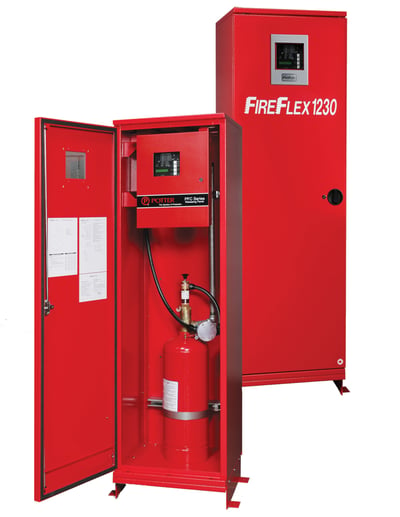
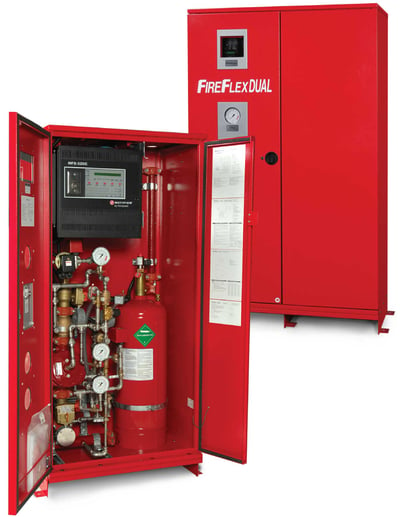
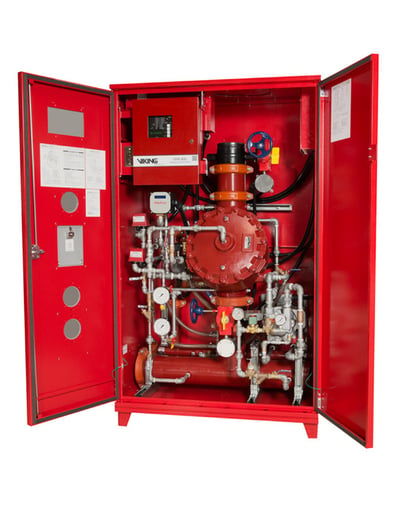
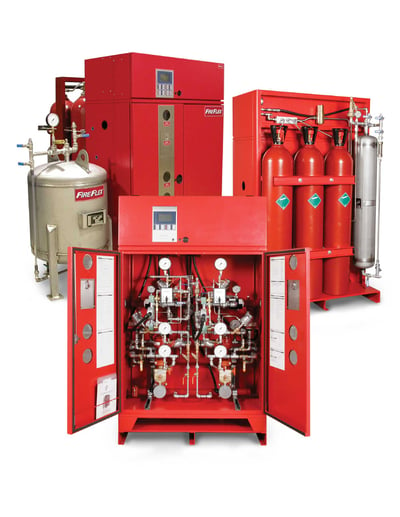
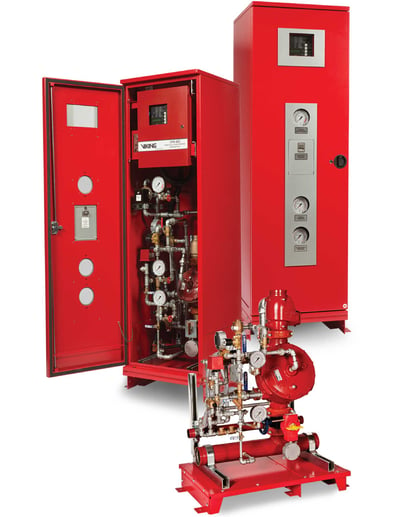
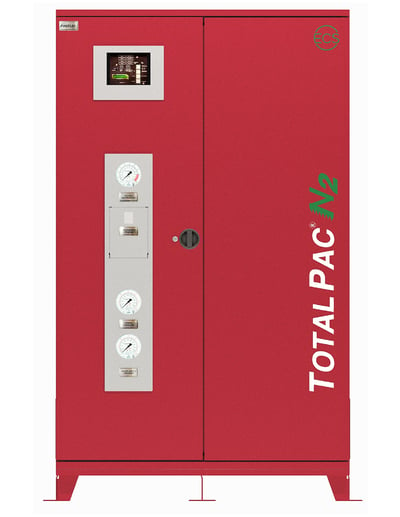
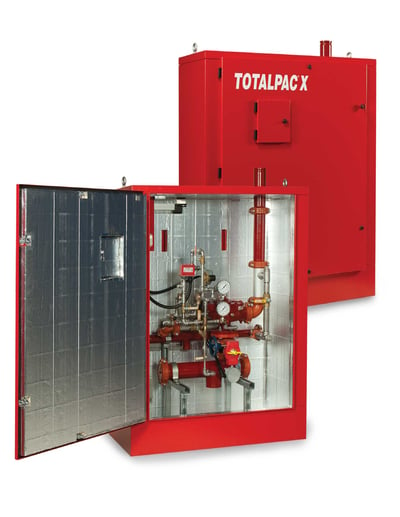



.png?width=352&name=A%20Perfect%20fit%20ICAF%20System%20+%20ARK%20Fluorine-Free%20Foam%20Webinar%20(2).png)